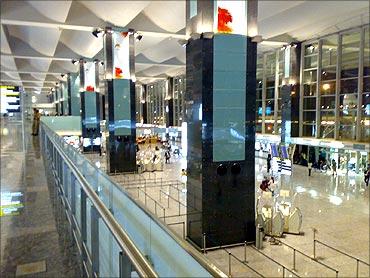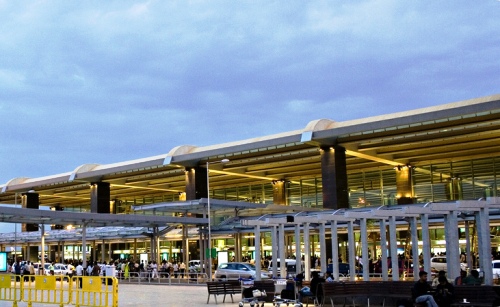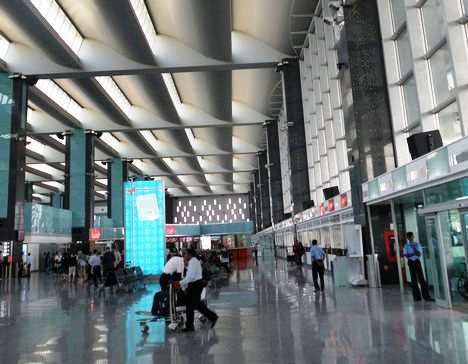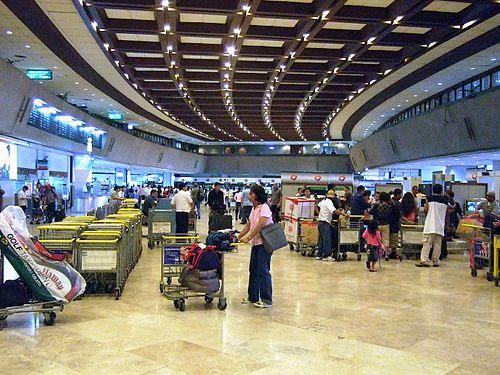
The decision of the GVK Group, operators of the Bangalore International Airport, where the GVK group is at the helm with a 43 per cent stake majority stake, to redo the runway just around four years after it was laid, and to invoke a warranty clause against Larsen & Toubro, who did the original job, has occasioned much comment.
L&T was one of the shareholders in Bangalore International Airport Ltd when it was formed.
. . .

It exited with multifold returns within 18-months of operations having started, after investing a little over Rs 55 crore (Rs 550 million) for a 17 per cent stake.
This was acquired by GVK during late 2009.
And, L&T also laid the runway.
Neither side would explain what was the problem or why it felt matters had reached this stage.
BIAL refused to spell out the warranty details, saying contractual agreements could not be shared or discussed. L&T said it had no comment to offer on individual contracts.
Invoking the warranty clause in an infrastructure project is rare, say industry analysts.
. . .

"Resurfacing happens (on average) once in five years, depending on the movements and a number of other factors.
"It is a little strange that this airport has to take up maintenance within four years," a senior analyst tracking infrastructure projects at a global brokerage told Business Standard.
The airport will be faced with partial closure of the runway for a total of 24 days, from March 11 to April 3, between 10.30 am and 5.30 pm.
On an average, it has had 300 movements on a given day.
The BIAL management says a little over 60 movements will be affected due to this, though the schedules would be reworked.
. . .

A BIAL spokesperson said that designs of airport runways round the world are on the basis of certain assumptions on loading, traffic volume and pattern, environmental conditions, aircraft fleet mix, etc.
"Changes to these assumptions can have a significant impact on the longevity and quality of the runway.
"The role played by airport operators is to closely observe changes to these and the impact it is having on the operational pavement.
"The timing of resurfacing depends entirely on the extent to which the design conditions have changed over the operational life of the runway," went a BIAL statement.
. . .

Normally, airport operators have two warranties. One is of the Defect Liability Period, usually valid for two years.
There is also one for a Design Defect Period, usually valid for five years. While the first is for corrective measures, the latter is meant for more major work.
BIAL said the decision to go ahead was taken after consulting all its key stakeholders -- domestic and international airlines, air traffic control, Airports Authority of India and the Directorate General of Civil Aviation.
They'd decided to proceed in order to complete the activity before the onset of the monsoon in May. Work not requiring runway closure would be taken up later.
. . .

They engage, said BIAL, some of the world's leading consultants to constantly monitor the airfield pavement surface and performance.
On the basis of this feedback, the runway maintenance work is to be conducted, with a long-term perspective in view. It gave various assurances on optimum usage of the time in question.
Currently, private promoters hold a 74 per cent (GVK--43%, Siemens Projects Ventures -- 26%, and Unique Zurich -- 5%) stake in BIAL.
Agencies of the central and state governments have the remaining 26 per cent (Karnataka State Industrial Investment and Development Corporation -- 13%, Airports Authority of India – 13%).